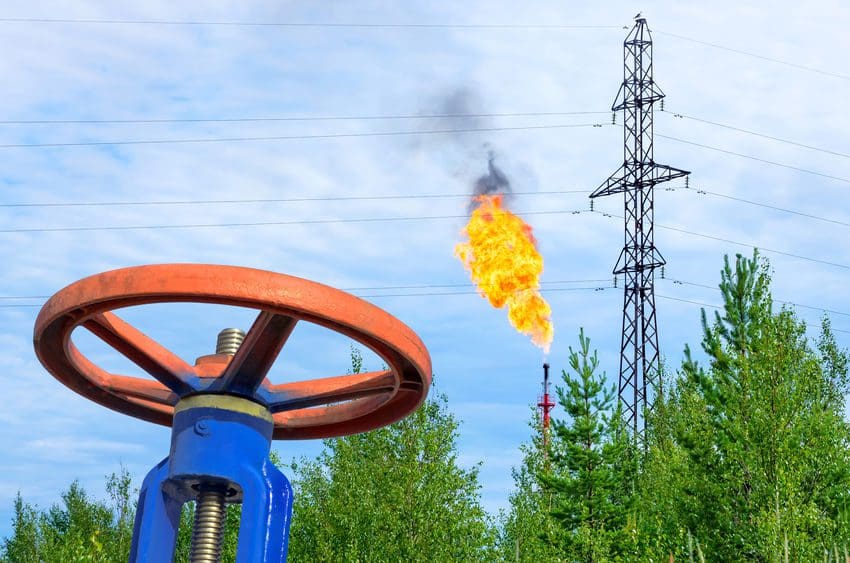Austin, Texas – Methane emissions intensity in the Permian Basin has declined over 70 percent the past eight years as oil production more than tripled over the same period, according to an analysis by Texans for Natural Gas (TNG), a project of the Texas Independent Producers and Royalty Owners Association (TIPRO).
The analysis, Flaring Progress in the Permian: Leading the World, is TNG’s follow up to the organization’s report on 2018 methane and flaring intensity in the Permian Basin. The analysis utilizes data from the World Bank to show how flaring intensity in the Permian Basin is far lower than other major producing countries around the world, such as Algeria, Russia and Venezuela.
KEY FACTS:
- A RECORD YEAR FOR PERMIAN PRODUCTION: In 2019, the Permian Basin continued to defend its title as the world’s top producing oilfield. The Permian Basin production of oil and natural gas hit over 7 million barrels of oil equivalent (BOE) per day.
- METHANE INTENSITY DECLINE: Between 2011 and 2019, methane emissions intensity fell 77 percent in the Permian Basin. Since 2011, oil production in the Permian has increased by over 300 percent.
- LOWER FLARING RATES: Based on data from the World Bank, if the Permian Basin were its own country, it would not even rank among the 30 worst energy producers in flaring intensity, with a lower intensity than other major producers like Algeria, Venezuela, Iran and Russia.
“This analysis makes clear the industry’s commitment to reducing methane and flaring in the Permian. These data bring to light how innovators in Texas are increasing production to meet rising world energy demands while slashing emissions of greenhouse gases,” said Ed Longanecker, president of TIPRO. “As the U.S. oil and natural gas industry continues to show quantifiable progress in reducing energy emissions, having data that tells the full story is critical, and helps us roadmap where we can, and need, to improve.”
The TNG analysis provides much-needed context to the current debate on methane emissions and flaring – context that has often been omitted from much of the public discussion. Intensity – or the amount of methane emitted or flared per barrel of oil equivalent produced – is used as a reliable metric by many organizations across the globe, including the World Bank, the International Energy Agency, the Oil and Gas Climate Initiative and the ONE Future.
The analysis focuses on 2019 data, and so does not reflect the impact of the COVID-19 pandemic on oil and gas production and emissions.
To learn more, please visit https://bit.ly/3cWmcXh.
About TIPRO
The Texas Independent Producers & Royalty Owners Association (TIPRO) is a trade association representing the interests of nearly 3,000 independent oil and natural gas producers and royalty owners throughout Texas. As one of the nation’s largest statewide associations representing both independent producers and royalty owners, members include small businesses, the largest, publicly-traded independent producers, and mineral owners, estates, and trusts.






